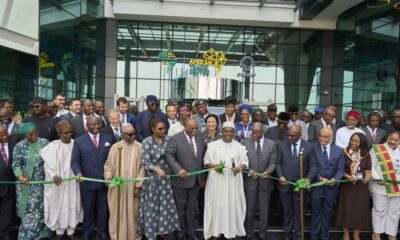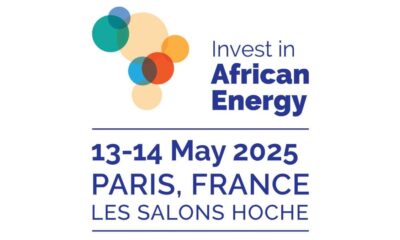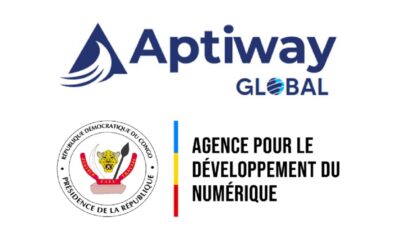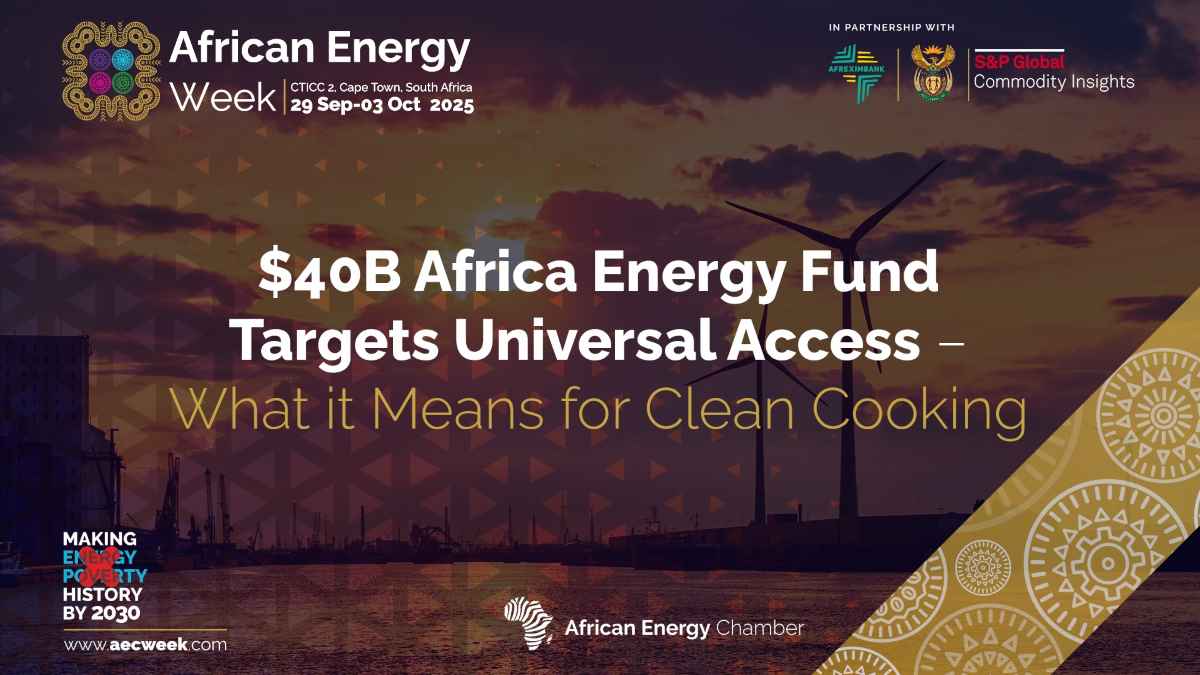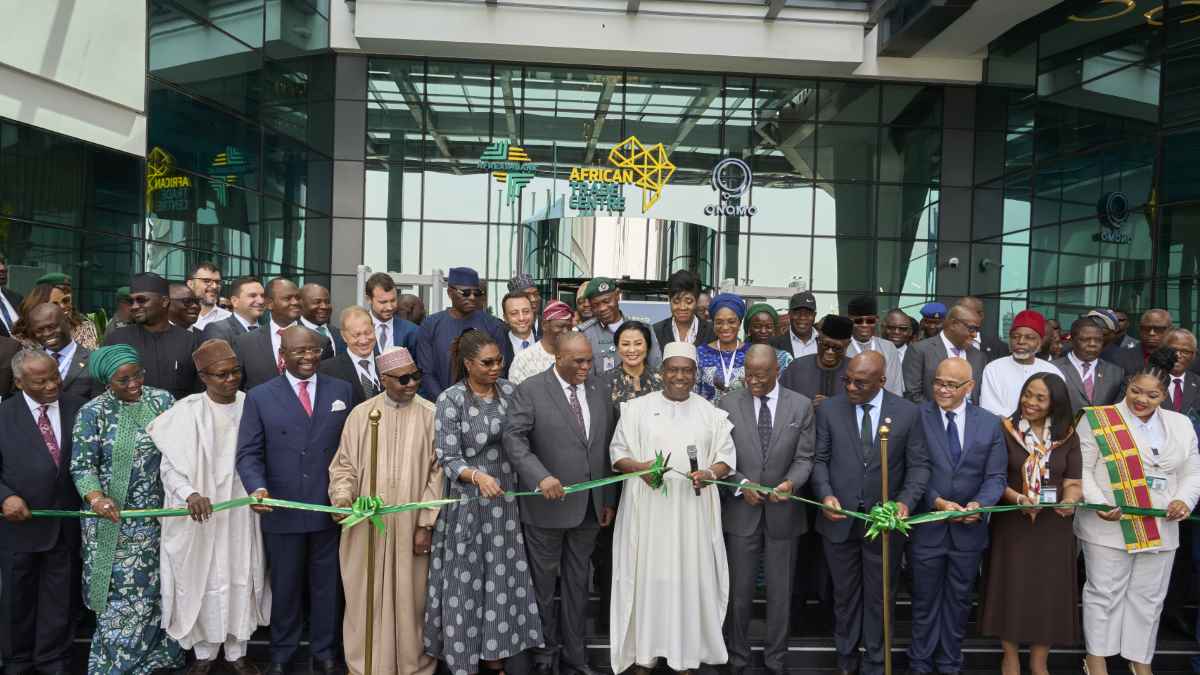ABUJA, Nigeria, April 11, 2025/APO Group/ –Multilateral Bank African Export-Import Bank (Afreximbank) (
www.Afreximbank.com) has officially commissioned its first Afreximbank African Trade Centre (AATC) today in Abuja, Nigeria, ushering in a transformative era for trade and investment in Africa.
During the grand commissioning ceremony, speakers, including Hon. Dr. George Akume, Secretary to the Government of Federation, Nigeria representing H. E. Bola Ahmed Tinubu GCFR, President and Commander-in-Chief of the Armed Forces, The Federal Republic of Nigeria, highlighted the AATC’s strategic importance, its pivotal role in shaping Africa’s economic future and the significant impact it is poised to make on Africa’s trade and investment landscape.
Speaking at the Ceremony, Dr. Akume stated, “Afreximbank African Trade Centre (AATC) is a landmark project that embodies our shared commitment to advancing Intra-African Trade, fostering economic integration and unlocking a vast potential of our continent. This occasion is a realisation of a bold vision for Africa’s economic future. AATC stands as a testament to the power of collaboration, resilience and forward-thinking leadership. It is more than a physical structure; it is the beginning of innovation, a hub for entrepreneurship and a catalyst for sustainable development.
He added, “This centre will serve as a critical platform for trade facilitation, capacity building and investment promotion – key pillars of Africa’s economic transformation. Afreximbank’s role in shaping Africa’s trade landscape cannot be overstated because the institution has consistently demonstrated its commitment to breaking down barriers, bridging financing gaps and empowering African businesses to be competitive. All these have been accomplished through flagship projects such as the AfCFTA adjustment fund that is managed by Afreximbank’s subsidiary, Fund for Export Development in Africa (FEDA), PAPSS and other Trade Finance Programmes. The AATC located in Abuja represents yet another milestone in this journey and this aligns perfectly with Nigeria’s strategic priorities under the Federal Government’s eight-point agenda, particularly in the areas of job creation, economic diversification, and regional integration. As we commission this remarkable edifice today, let us renew our resolve to be the stronger, more interconnected and prosperous Africa.”
Prof. Benedict Oramah, President and Chairman of the Board of Directors of Afreximbank, echoed this sentiment, remarking, “The Abuja AATC is the first of several AATCs being developed across Africa and the Caribbean. Some would be Afreximbank owned while others would be supported through a franchise-scheme. With these, we expect to create a sizeable network of AATCs that will act as the lighthouses to guide the interconnections and flow of trade and investments within continental Africa and between Africa and Caribbean regions. This AATC Abuja has been a 41-month journey, one built on hope and determination. Like the other AATCs, the Abuja AATC would serve a multi-purpose goal; it will serve as a platform for fostering deeper regional and continental integration and house Afreximbank’s permanent regional office, bringing a three-decade-old aspiration to fruition. This AATC will also offer a technology incubation hub, an SME incubation facility, a Digital Africa Trade Gateway, a conference and exhibition facility and a business hotel.”
Prof. Orama thanked the Federal Government of Nigeria for its support noting that the relationship between the Bank and Nigeria has been truly mutually beneficial and most cordial. “Over the last three decades, successive governments have accorded unflinching support to Afreximbank, responding most positively to capital calls, creating a congenial environment for its smooth operations while providing the Bank significant domestic policy support that helped to execute many of the development programmes in Nigeria.” He said.
This centre will serve as a critical platform for trade facilitation, capacity building and investment promotion – key pillars of Africa’s economic transformation
With the opening of the Abuja AATC, Afreximbank continues its mission to promote intra-African trade and investment opportunities, laying the groundwork for a more prosperous and integrated African economy.
Over 500 distinguished guests attended the commissioning ceremony, notably, Hon. William F. Duguid, J.P. Senior Minister, Prime Minister’s Office, Republic of Barbados, Hon. Sylvester Grisby, Minister of State for Presidential Affairs, Liberia, Hon. Adebayo Olawale Edun, Minister of Finance and Coordinating Minister of the Economy, Nigeria and his counterpart, Hon. Dr. Jumoke Oduwole MFR, Minister of Trade and Investment, Federal Ministry of Trade and Investment, Nigeria as well as Nigeria’s former Vice President Hon. Namadi Sambo. Hon. Bockaire Kalokoh, Deputy Minister of Finance of Sierra Leone and Hon. Sheilla Chikomo, Deputy Minister Foreign Affairs and International Trade, Zimbabwe represented their respective countries. The event was also well attended by business leaders led by billionaire entrepreneur Mr. Aliko Dangote, Founder and Chief Executive of the Dangote Group, Mr Tony Elumelu, Chairman of Transcorp Group, policymakers, pan-African CEOs, and entrepreneurs.
Their presence showcased a shared vision and determination to enhance trade across Africa, as they pledged to work together to leverage the AATC for the continent’s economic transformation.
The Abuja AATC comprises two interconnected nine-storey towers. One tower features world-class commercial A-grade office spaces, a trade and exhibition centre, a conference centre, a technology and SME incubator, a Digital Trade Gateway and a trade information services hub. The adjoining tower boasts a 148-room business hotel, seminar and meeting rooms, a wellness centre, a restaurant and other ancillary facilities. These features are designed to provide a comprehensive ecosystem for trade and business activities, catering to the diverse needs of African businesses. It will also host office spaces for local and international financial institutions and policy organisations, ensuring a complete support system for trade and business activities.
The AATC building is expected to achieve gold – and potentially platinum – Leadership in Energy and Environmental Design (LEED) certification by the United States Green Building Council (USGBC), a globally recognised standard for sustainable building design and construction. This certification will make the Abuja AATC one of the few certified buildings in Nigeria and West Africa, underscoring its commitment to environmental sustainability.
The global architect Messrs SVA International developed a multifaceted global design, drawing inspiration from the concept of a bazaar, which reflects the vibrant feature of daily life in many African cities. Construction of the USD120 million project commenced in November 2021 on a prime piece of land measuring 5,856 square meters and achieved completion in 41 months.
The Abuja Afreximbank African Trade Centre (Abuja AATC) is the first of seven planned AATCs across Africa, including Kampala, Uganda, Harare, Zimbabwe, Cairo, Egypt, Yaoundé, Cameroon, Tunis, Tunisia, and Kigali, Rwanda. In addition, Afreximbank recently broke ground in Bridgetown, Barbados, to construct the first AATC outside of Africa. Through franchising and licensing arrangements, the Bank intends to partner with relevant institutions and economic development organizations to establish non-Bank owned ATCs in the rest of Global Africa. These AATCs will serve to link buyers, sellers, suppliers, service providers, enterprises, governments, chambers of commerce, financial institutions, economic development organisations and the general African and global trade and investment community.
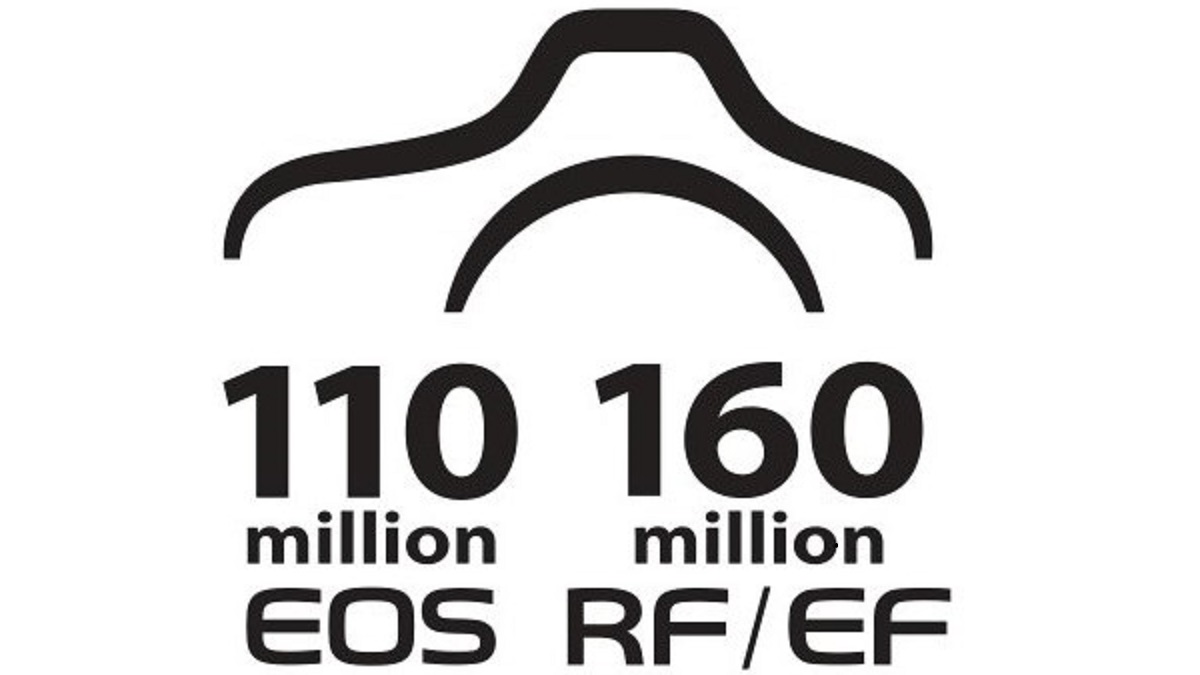
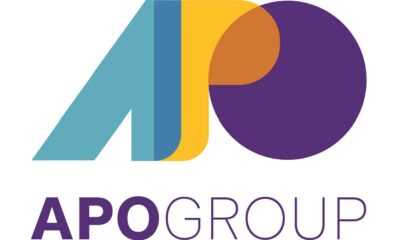
 Business5 days ago
Business5 days ago
 Business5 days ago
Business5 days ago
 Business4 days ago
Business4 days ago
 Business4 days ago
Business4 days ago
 Business5 days ago
Business5 days ago
 Business4 days ago
Business4 days ago
 Business4 days ago
Business4 days ago
 Business4 days ago
Business4 days ago


